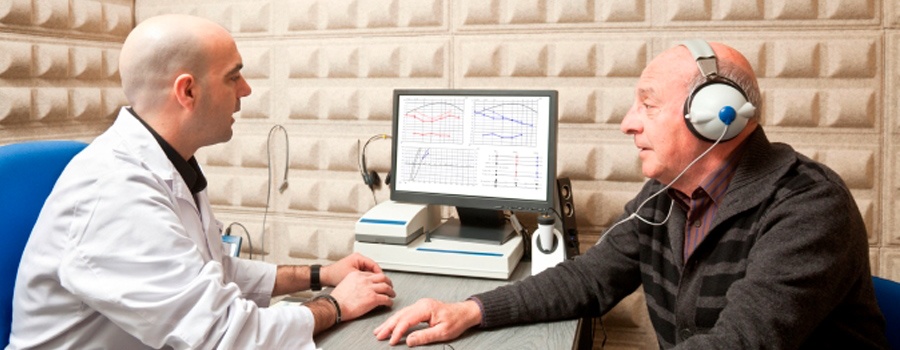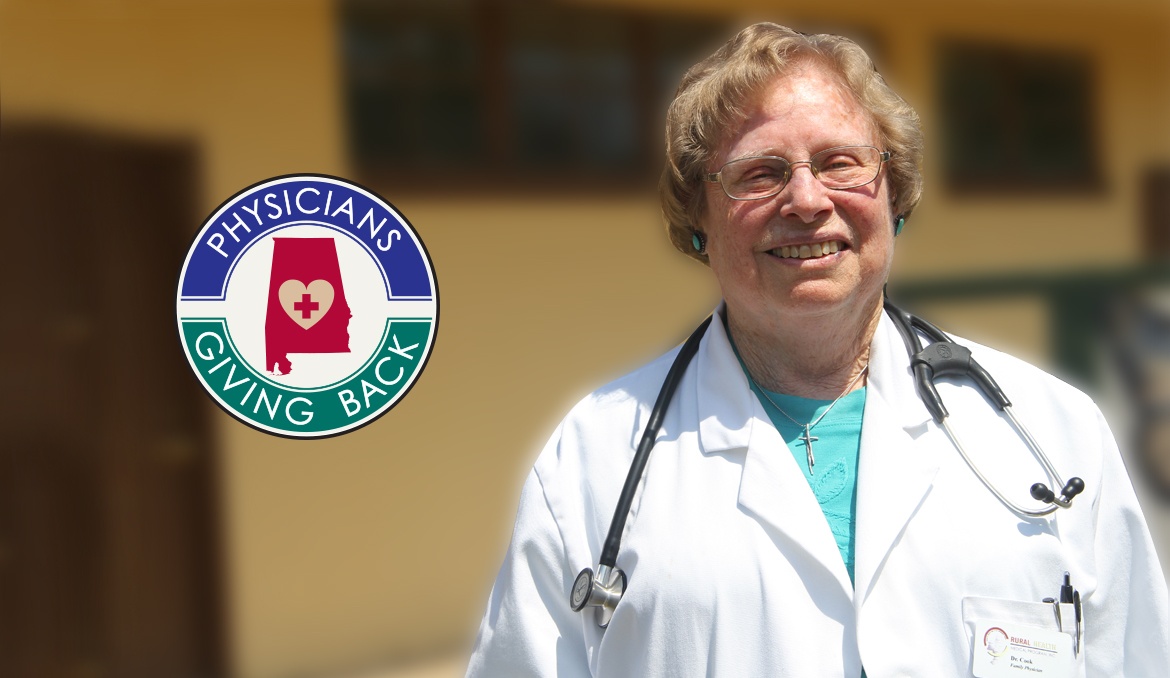Tag: physician
-

Alabama Physician Health Program Announces Reorganization
The Alabama Physician Health Program, the Medical Association’s confidential resource for physicians and other medical professionals with potentially impairing conditions or illnesses, recently announced a reorganization and new staff to better protect the health, safety and welfare of those it serves. The APHP provides confidential consultation and support to physicians, physician’s assistants, residents and medical…
-

ProAssurance Establishes the Nation’s First Academic Research Program Dedicated to Physician Wellness
BIRMINGHAM – ProAssurance Corporation has announced the establishment of the ProAssurance Endowed Chair for Physician Wellness at the University of Alabama at Birmingham. This academic chair is the first of its kind in the United States and demonstrates ProAssurance’s commitment to its role as a leading advocate for America’s physicians. The initial $1.5 million gift…
-

Medical Association Joins 132 Medical Groups to Oppose H.R. 2276
The inclusion of audiologists in Medicare’s definition of “physician” will create confusion. In May, legislation (H.R. 2276) was reintroduced in the U.S. House of Representatives that would inappropriately provide audiologists with unlimited direct access to Medicare patients without a physician referral and amend Title XVIII of the Social Security Act to include audiologists in the…
-

Medicare Releases 2017 Physician Fee Schedule Final Rule
The Centers for Medicare and Medicaid Services released its final rule for its 2017 physician fee schedule payment policies, which updates payment policies and payment rates for services provided under the Medicare Physician Fee Schedule (PFS) starting Jan 1, 2017. The 1,400-page 2017 final rule discusses changes to a number of new policies that reflect…
-

Rammer Jammer Yellow Hammer!
TUSCALOOSA – Jimmy Robinson, M.D., was the first Primary Care sports medicine-trained physician in the State of Alabama. One could say he’s seen a thing or two over the years. Originally from New Orleans and a graduate of LSU, when Dr. Robinson first came to The University of Alabama, he faced a tough crowd but…
-

The Ministry of Rural Medicine
PINE APPLE – The town of Pine Apple lies about 20 minutes off I-65 South tucked in the southeast corner of Wilcox County along Alabama’s Black Belt. Driving through this farming community, you quickly notice the picturesque countryside dotted with the occasional farm house and antebellum home. This is an old and settled community with…
-

The Science of Food
Vestavia Hills – Luis Pineda, M.D., MSHA, has been a practicing oncologist/hematologist for about 38 years. Like many in his field, he longed for a way to make the treatments for cancer easier for his patients. His life’s work took an interesting turn in 2003 during rounds as he began to notice the cans of…